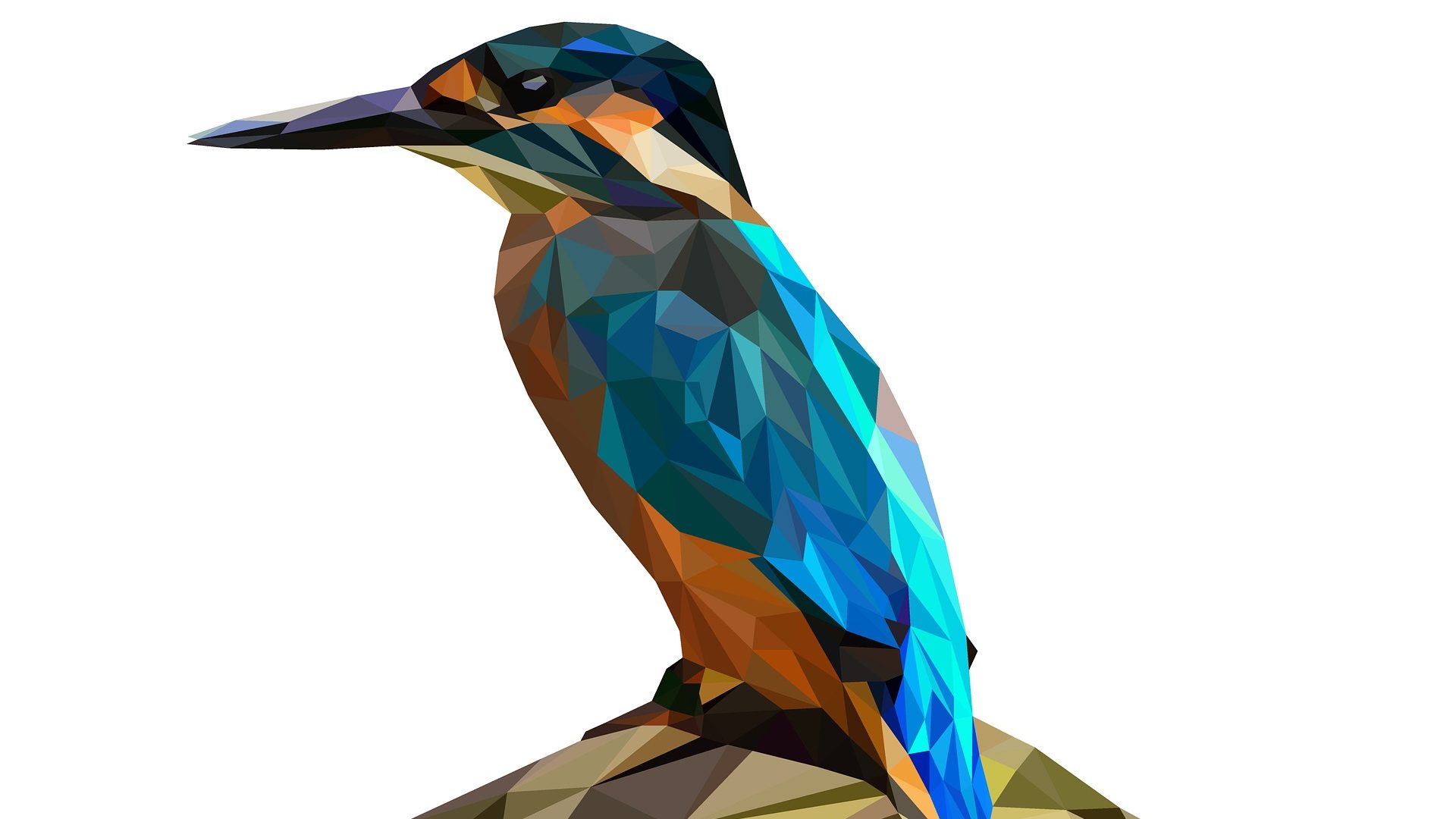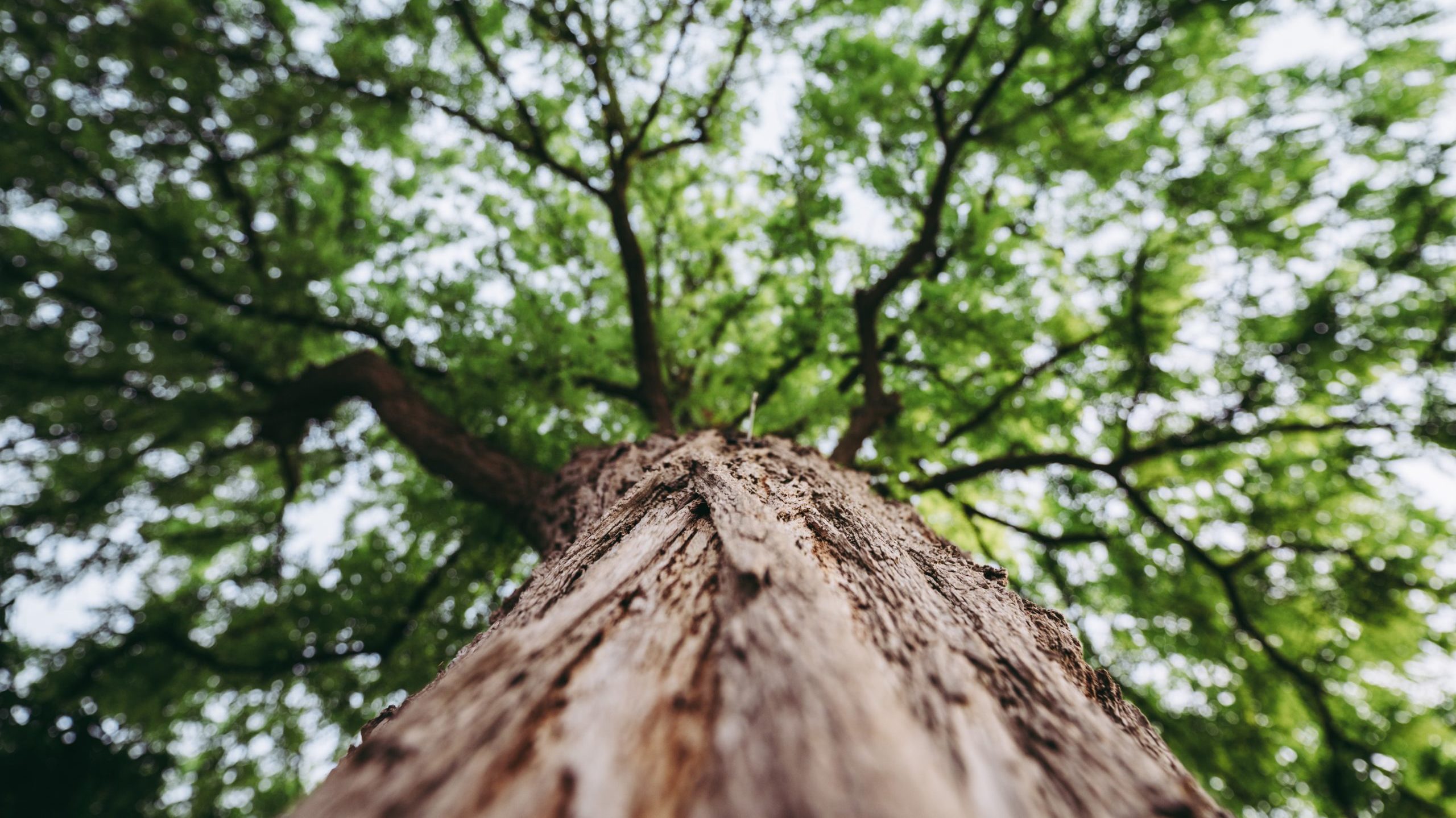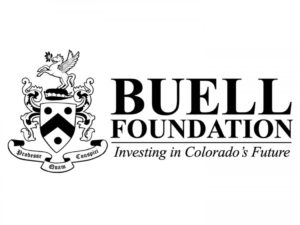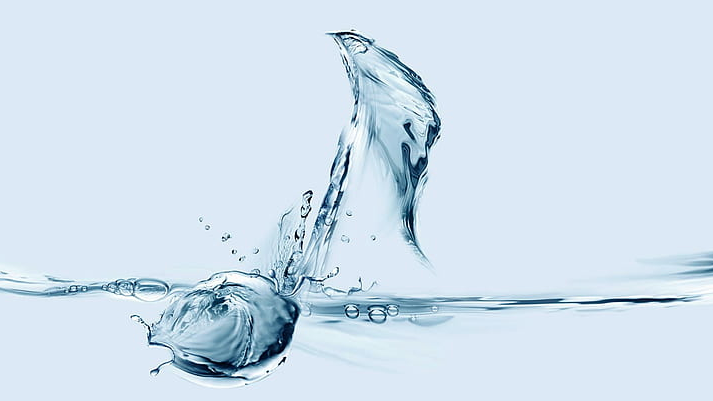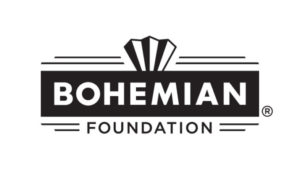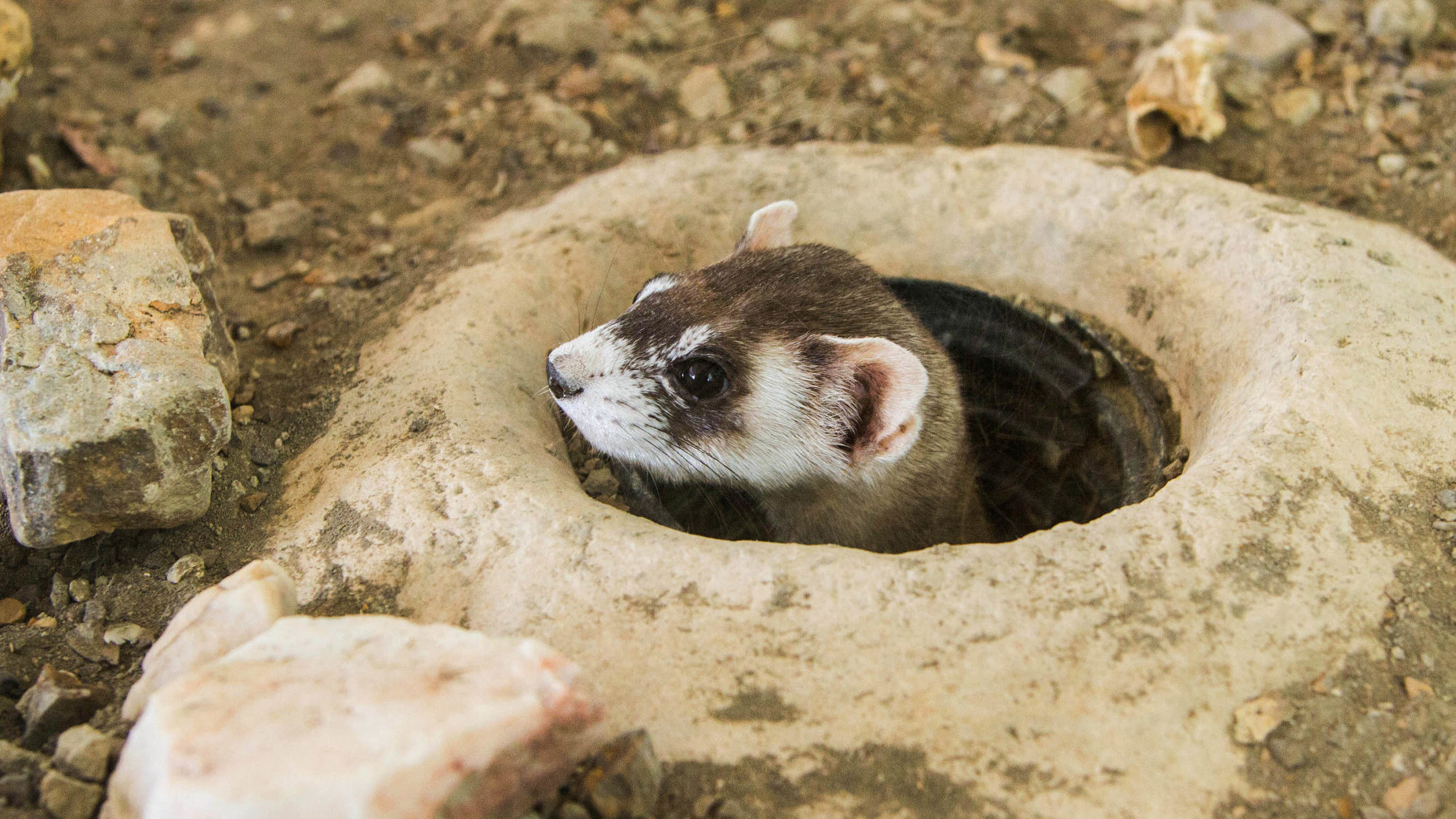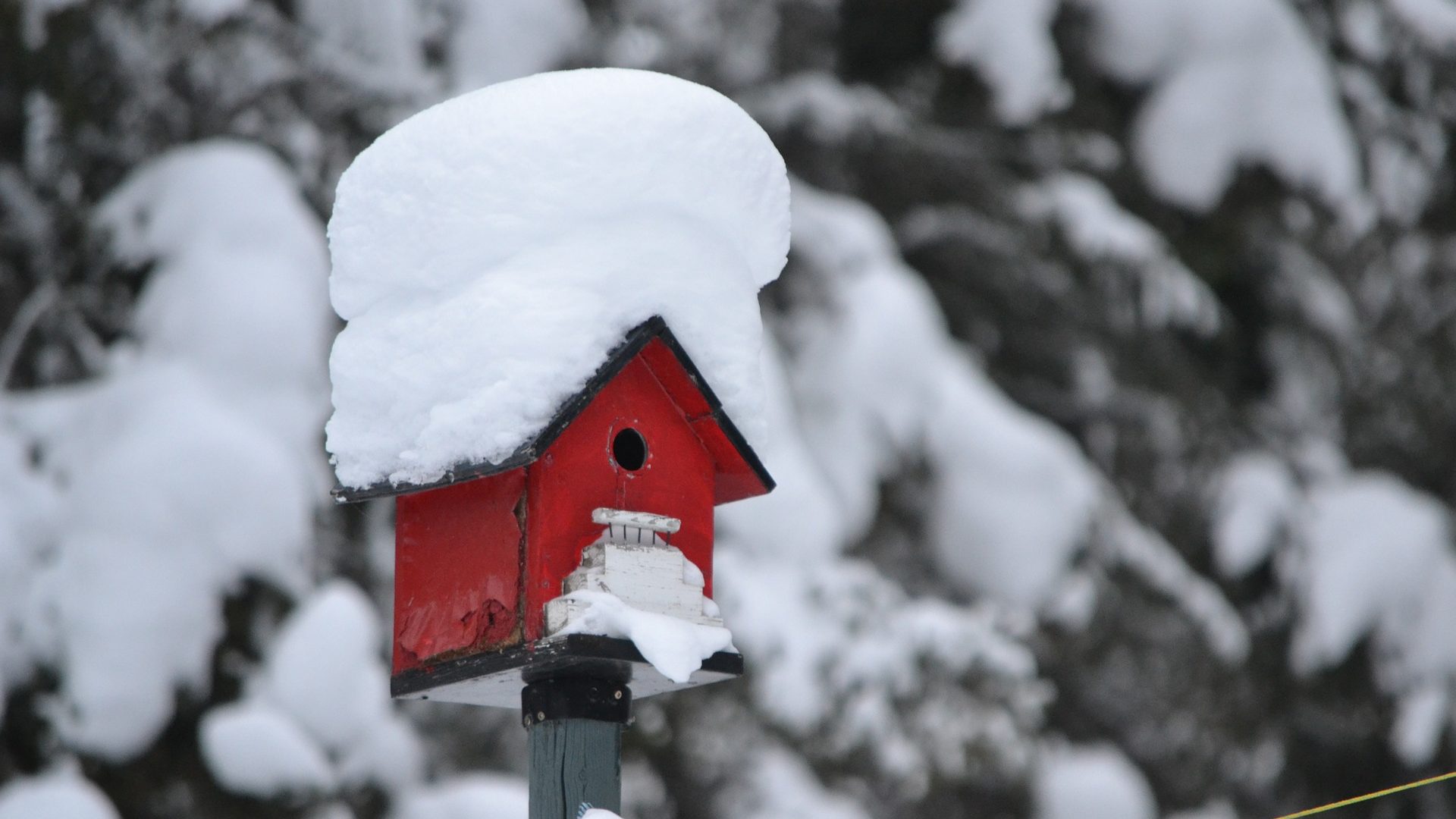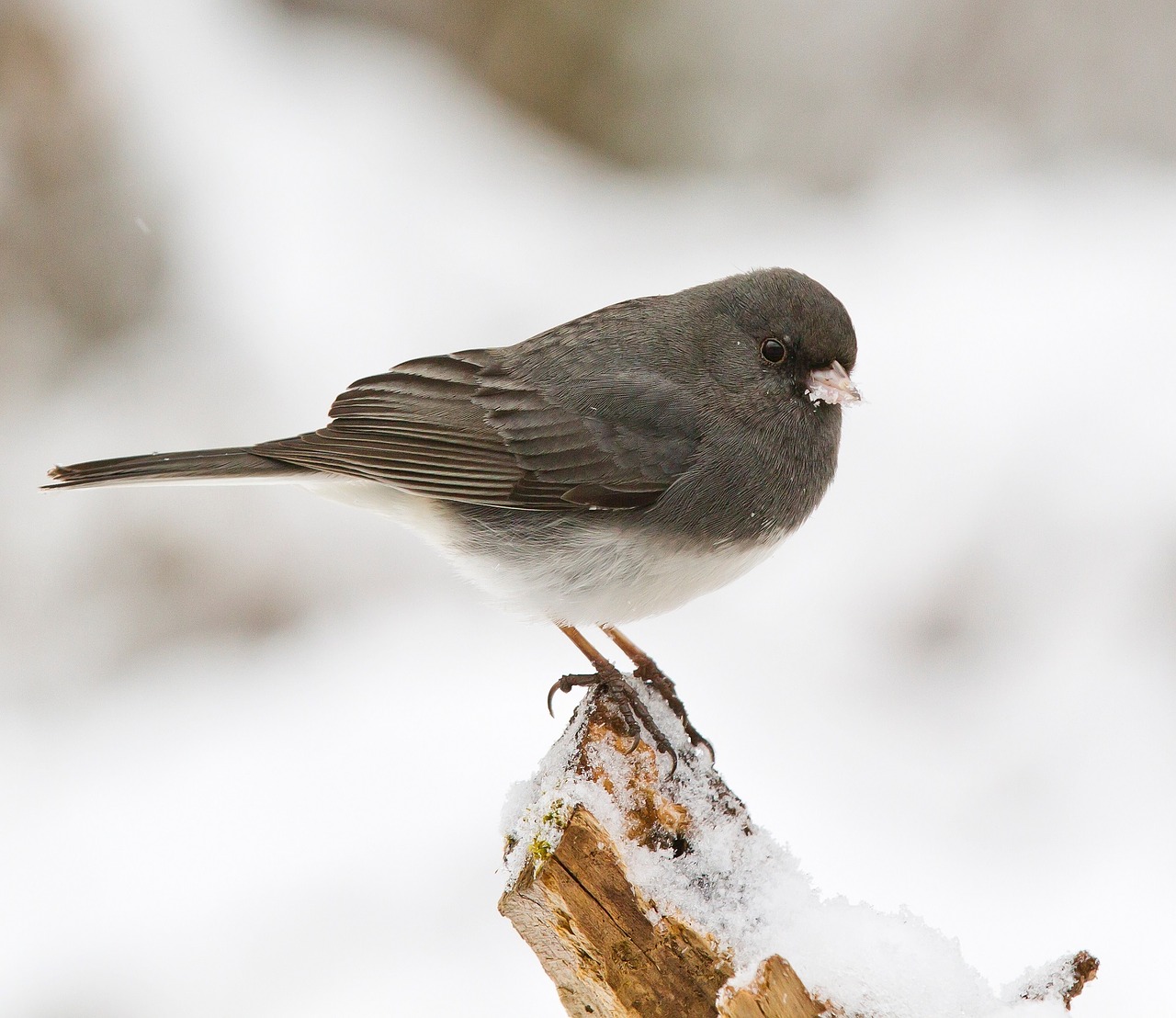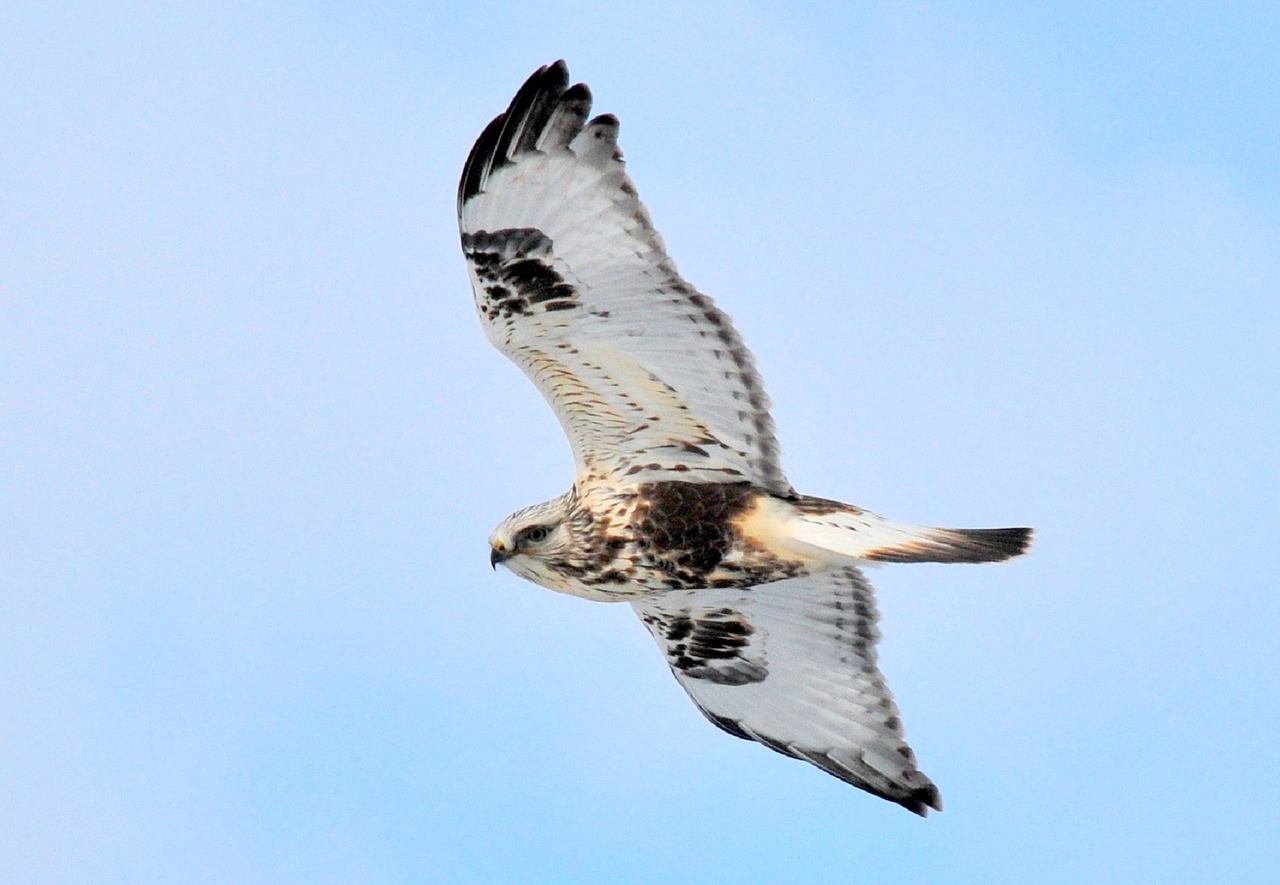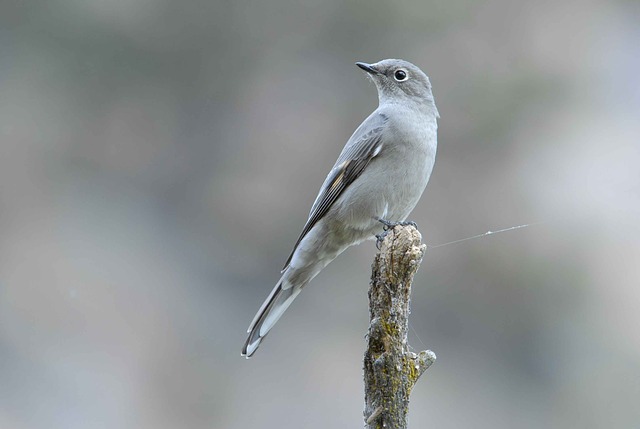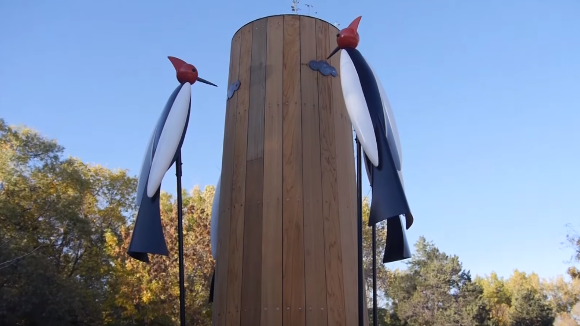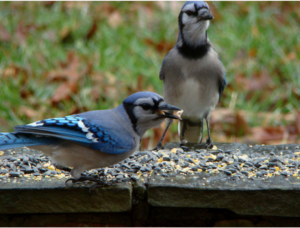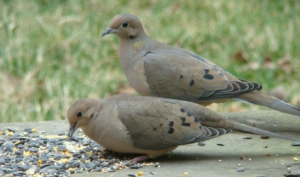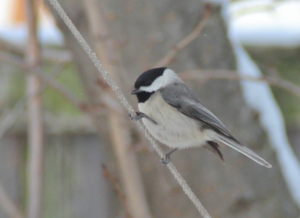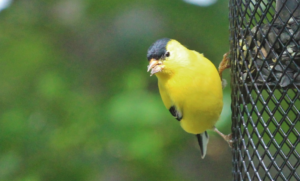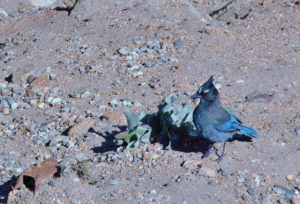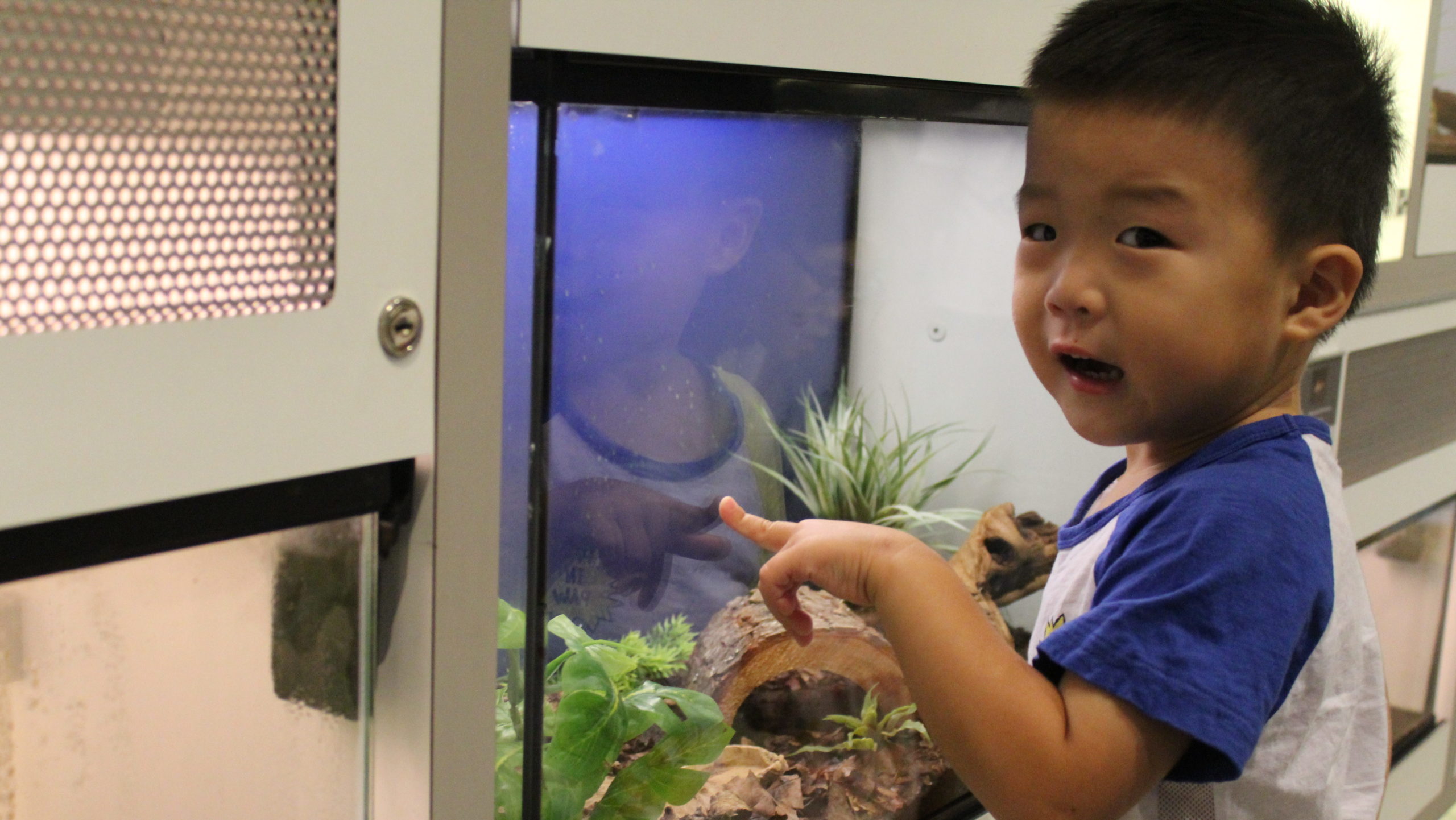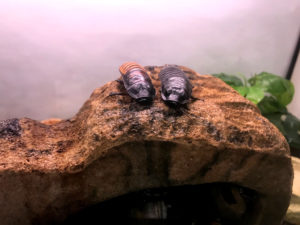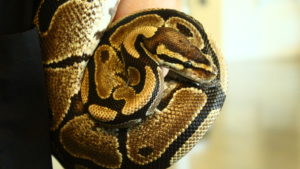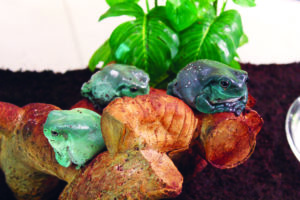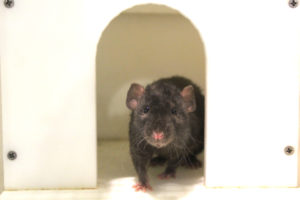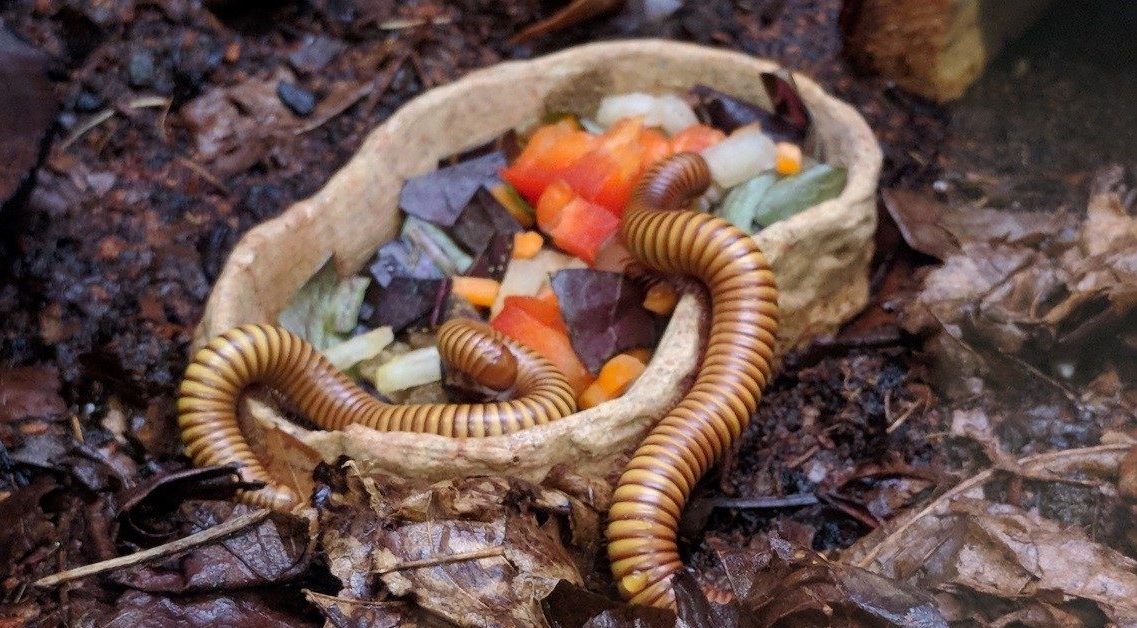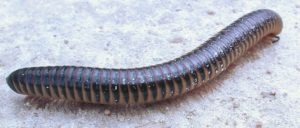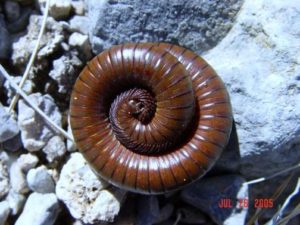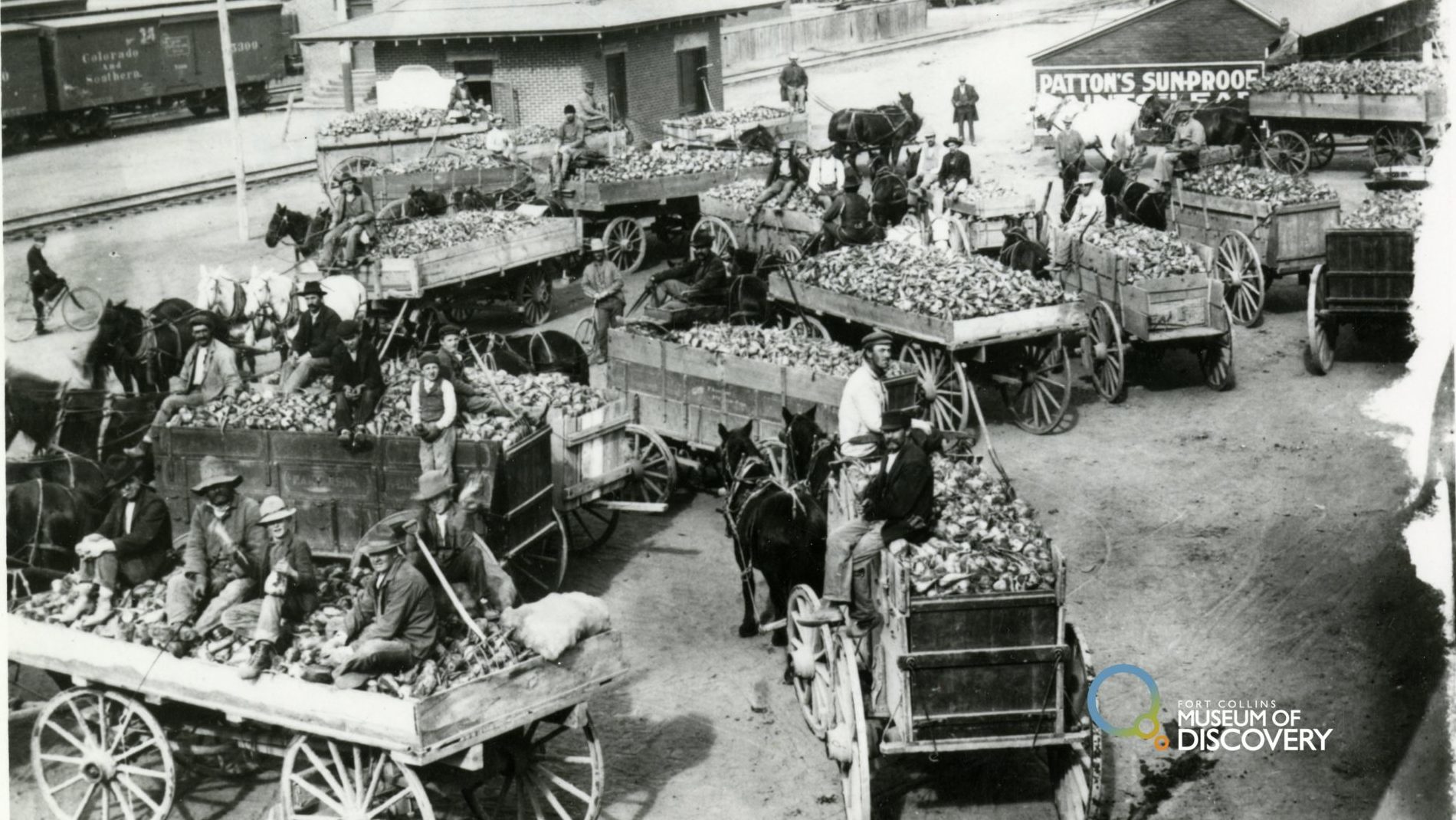Post written by Lea Mikkelsen, Early Childhood Coordinator.
Daily Discovery: Nature Diorama
With supplies from your backyard, you can bring nature indoors and create a beautiful diorama! Take inspiration from our own Rocky Mountains and prairies or ask an adult to help you research other animal habitats.
Supplies:
- Cardboard box
- Colored paper (or paint)
- Scissors
- Glue
- Clay (if you have it)
- Natural materials: rocks, sticks, pine cones, dry grass, leaves, etc.
- A plastic animal toy for your habitat: bear, fox, deer, etc. Tip: Don’t have one? Try cutting out a picture from a magazine or drawing your own!
Instructions:
- Take a nature walk or visit your backyard to collect materials!
- Turn the cardboard box on it’s side.
- Use colored paper or paint to decorate the background of your nature scene.
- Use clay to make the ground and press your natural materials into it. Tip: Use glue if you don’t have clay.
- Get CREATIVE! Then, when you are ready, place (or glue) your plastic or paper animal into the diorama!
- Share a photo of your nature scene with us on social media using #dailydiscovery
Want to download these directions? Click here for a handy PDF!
Follow along with our Daily Discovery! Click here for all activities that you can do at home.
Traducido por Károl de Rueda y Laura Vilaret-Tuma.
Descubrimiento en casa: Maqueta de la naturaleza
Podemos reproducir una maqueta de la naturaleza con muy pocos materiales. Busca inspiración en nuestro propio Parque Nacional Rocky Mountain, en las praderas de Fort Collins, en un jardín, o en cualquier lugar natural. Hasta podrías hacer investigaciones sobre hábitats de animales diversos.
Artículos necesarios:
- Una caja de cartón/de zapatos
- Papel de colores (o pinturas)
- Tijeras
- Pegamento
- Plastilina o arcilla
- Materiales naturales: piedritas, palitos, conos de pino, hierba seca, hojas, etc.
- Un juguete plástico de un animal para tu hábitat: un oso, un zorro, un venado/ciervo, etc. Consejo: también podrías cortar una foto de una revista, hacerlo con plastilina ¡o dibujarlo!
Instrucciones:
- Visita un área natural o tu patio para colectar los materiales naturales que usarías en tu maqueta. También los puedes dibujar, recortar de revistas, o hacer con plastilina.
- Gira tu caja de cartón para que esté de lado, como la foto de arriba.
- Pinta o pega papel de colores en el fondo de tu maqueta para crear una escena natural.
- Usa plastilina/arcilla para formar el suelo de tu escena y para añadir más materiales. También podrías utilizar pegamento.
- ¡Usa tu creatividad! Decora a tu gusto. Para el toque final, sitúa (o pega) el animal de tu elección en la escena de tu maqueta.
- Comparte una foto de tu obra maestra con nosotros a través de las redes sociales usando la etiqueta #descubrimientoencasa, y ¡continúa aprendiendo sobre la naturaleza!
¿Te gustaría descargar esta actividad? Haz clic aquí para obtener un archivo PDF.
Para encontrar actividades, ideas y mucho más descubrimiento en casa, ¡síguenos!


